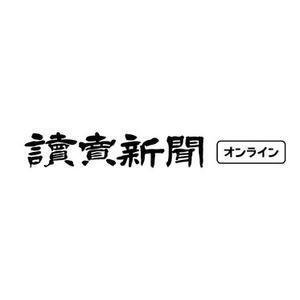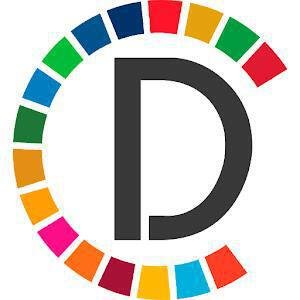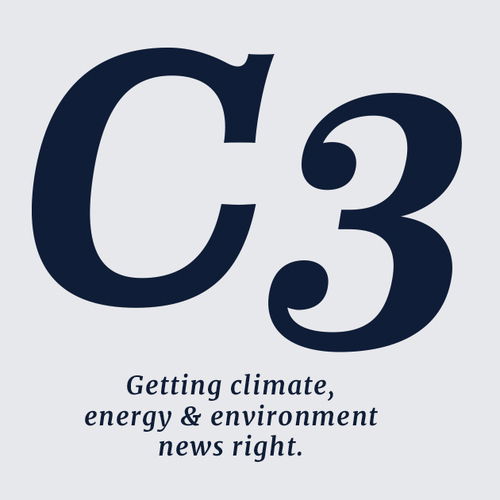Chinese solar panel manufacturers have a strategy for circumventing U.S. trade restrictions, responding to new tariffs by relocating production facilities to countries less affected by American policies. This shift has impacted the solar industry in Southeast Asia, following the U.S. Commerce Department’s implementation of duties reaching as high as nearly 300% that are targeted at Chinese-owned factories in the region.
In recent months, some of the largest Chinese-owned solar factories in Vietnam have reduced production and cut their workforce, as these facilities fall under the scope of the newly imposed duties.
As part of their response, Beijing-backed solar companies are relocating their operations to nearby countries like Indonesia and Laos. New factories are quickly being constructed in these nations, with their combined production capacity is anticipated to equal around half of the solar panels installed in the U.S. last year.
The U.S. government has implemented these trade measures amid concerns that Chinese solar companies benefit from subsidies provided by the Chinese Communist Party. American officials argue this enable these companies to offer solar products at artificially lower prices, undercutting manufacturers from other countries.
However, Chinese companies had been anticipating potential restrictions on their Vietnamese facilities and had already decreased their operations in the country prior to the tariffs’ introduction. However, those companies worked to get ahead of the announcement by frontloading exports to the U.S. beforehand.
In the lead-up to the new trade regulations, solar shipments from Vietnamese plants to the U.S. saw a significant increase, with shipments up by nearly 74% through August.
Now that the U.S. is working to cut down on Chinese-produced solar imports from Vietnam, solar panel exports from Indonesia and Laos to the U.S. are starting to grow. Indonesia’s solar exports to the U.S. nearly doubled to $246 million, while American solar imports from Laos, which were virtually non-existent last year, have reached a value of approximately $48 million.
Looking ahead, Chinese solar manufacturers are already planning their next move. A recently signed agreement worth almost $1 billion with Saudi Arabia will see Chinese companies establish a new solar plant in the region. Meanwhile, in the U.S., Chinese firms are working to take advantage of renewable energy incentives from the Biden administration, with a stake in about 20% of the American solar facilities announced since the introduction of those subsidies.
















